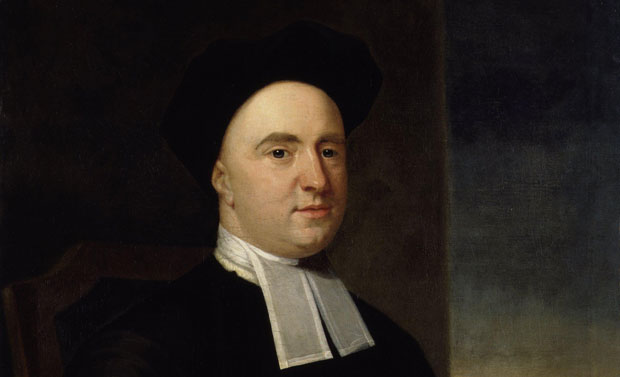
George Berkeley was an Anglo-Irish clergyman, a great philosopher and metaphysician of the early modern period. Born on March 12, 1685 in Ireland, Berkeley was a critic of philosophers like Locke and Malebranche, and was a defender of immaterialism, which was later famously called as subjective idealism, according to which our reality consists of what we perceive of it.
Berkeley’s philosophy relies heavily on the ‘spirit’ and ‘idea’ of things. ‘Spirit’ refers to the conscious thoughts and ideas of the mind while ‘idea’ is near to the conscious experience of day to day activities. According to Berkeley, the reality of an event to a person is his spirit and idea of that event.
Berkeley’s first major work, An Essay towards a New Theory of Vision, was published in 1709 in which the limitations of human vision were discussed. He also gave forth a theory which states that objects are not merely viewed by the human eye based on their material, but also their light and color.
In his two most famous works of metaphysics, The Principles of Human Knowledge and Three Dialogues between Hylas and Philonous, Berkeley targets the materialist notions of his predecessor John Locke and presents his own views on conceivability and perceived imagination.
George Berkeley denied the idea of matter as something being metaphysical, but never denied the existence of material objects such as books, doors and tables. This basic claim of his ideas is often termed as Immaterialism.
In Principles, he wrote “esse is percipi” (to be is to be perceived). This phrase means that everything we know or think we know comes to us through our senses of one kind of another, sight, smell, touch, hearing and taste. If a person cannot sense it, how can he be sure of its existence?
Berkeley held the belief that a thing might exist if it was not actually perceived at the current moment but may be perceived if appropriate steps are taken towards it. This view was contrary to the Materialists’ theory, which stated that things only exist when perceived and then succumbed to nothingness when they are not apparent to the senses. Thus a book was only lying on the table if a person sees and touches it, and is there no more when it is out of sight and touch. Berkeley opposed it by saying that the book is still there, and is still perceivable, even if it’s not being currently perceived by an individual.
In addition to his contributions to philosophy, Berkeley was also very influential in the development of mathematics and philosophy of physics. In his work De Motu (1721), he rejected Sir Isaac Newton’s theory of absolute space, time, and motion, and argued that forces and gravity, as defined by Newton, constituted “occult qualities” that expressed nothing distinctly.
As a staunch believer in Christianity and as a bishop, Berkeley believed God to be present as an immediate cause of all our experiences.
The relation between immaterialism and traditional religion is a fairly obvious one. Materialism leads to atheism, doubt and skepticism, since it propagates the idea that things may not exist beyond our perception of them. On the other hand, immaterialism restores the faith in God by making his existence evident. Everyday experiences of perception deduce that a human’s sensory ideas must be caused by a greater being, considering the complexities of perceptions and senses, and that merciful, greater being is God.
Bishop Berkeley’s last major philosophical work, Siris (1744), advocates the medicinal use of tar water, and further discusses a wide range of topics including philosophy, science and theology.
He passed away on 14th janauary 1753, but his philosophy lived on. In the 20th century, right after the First World War, his work became the centre of attention of many philosophers as he tackled grave issues of perception, sight, senses and importance of language etc.




